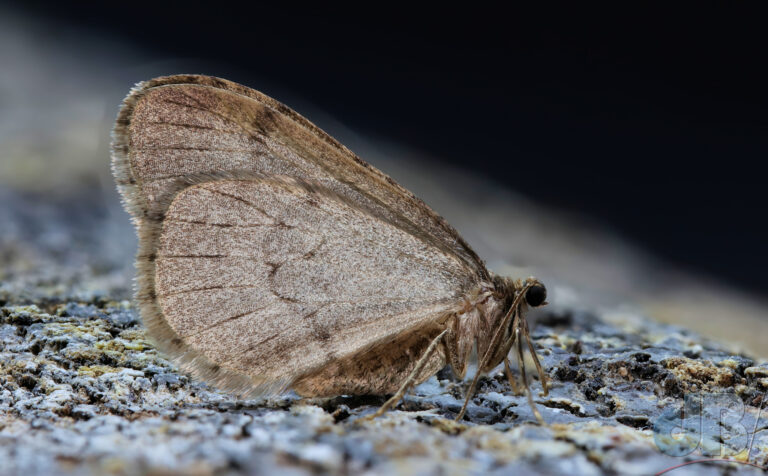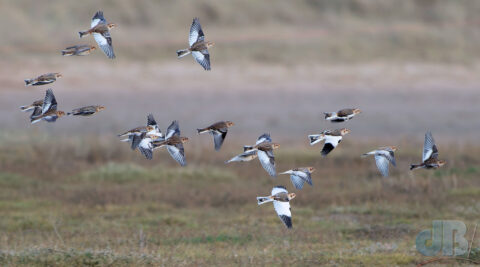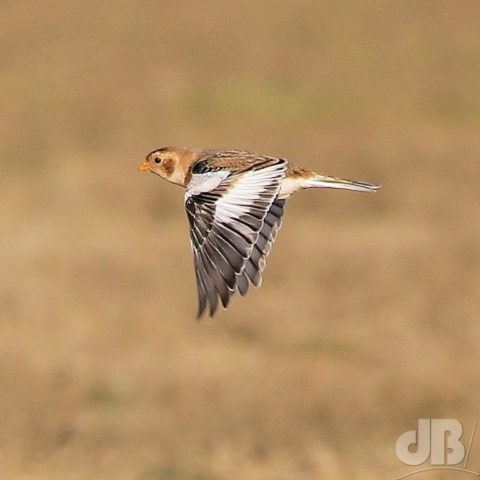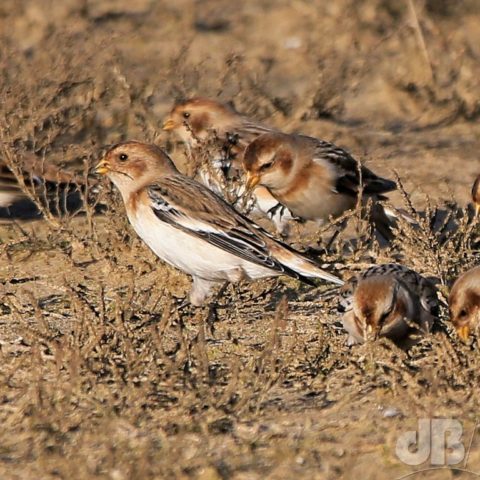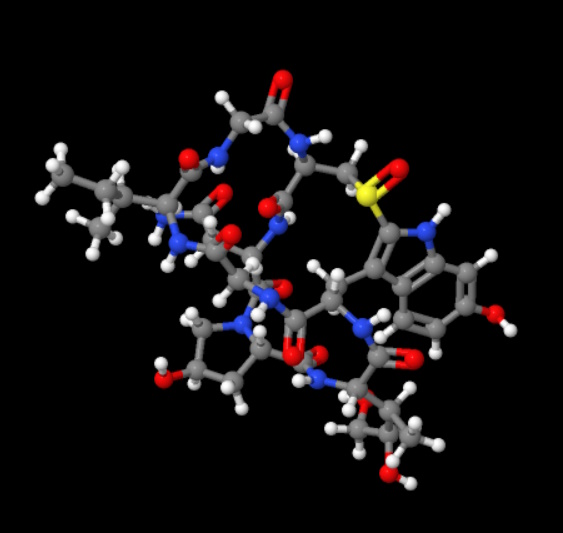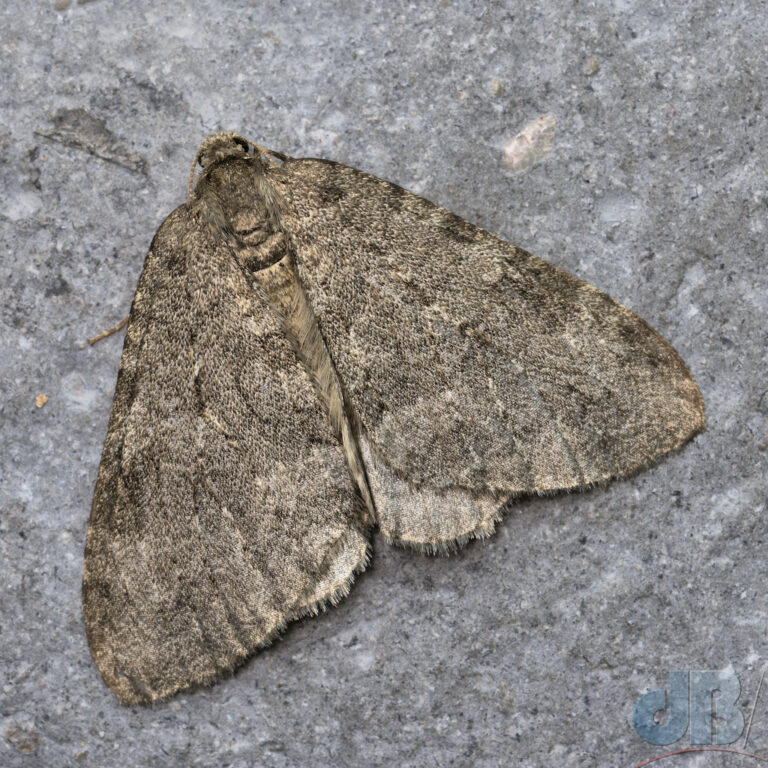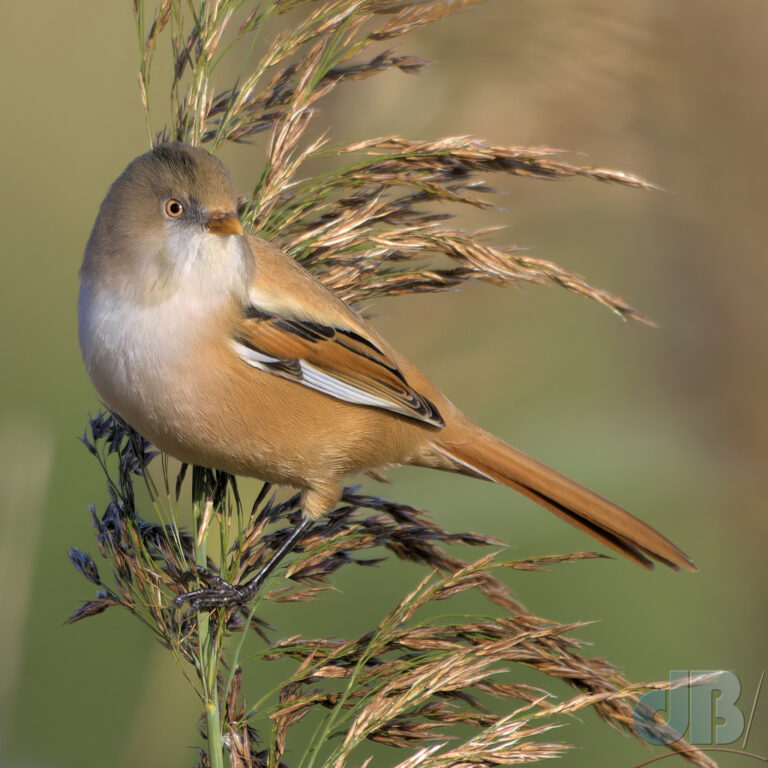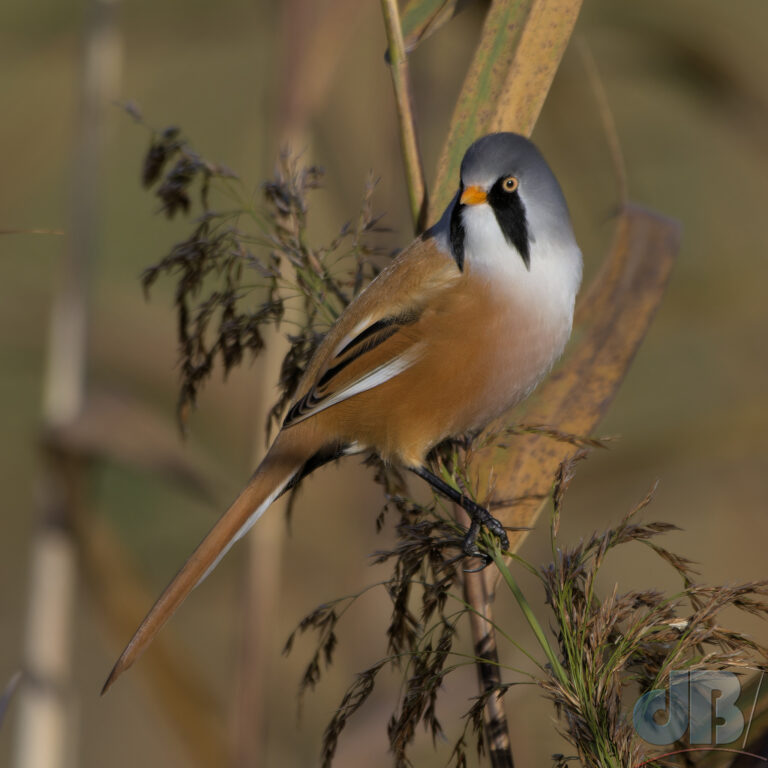Invasive species, a term referring to non-native species introduced to new environments, often establish self-sustaining populations with negative impacts on local ecosystems, economies, or human health.
These invaders, encompassing plants, animals, fungi, or microorganisms (refer to the foot of this article for examples), typically arrive due to human activities such as trade, travel, or intentional release. In rare cases, invasive species might reach the UK through natural avenues, such as animal migration or wind dispersal. Climate change exacerbates the situation, creating new ecological niches due to shifts in temperature and persistent weather changes. Alterations in landscape, urbanization, and habitat loss add pressure to natural ecosystems while simultaneously creating new opportunities for invasive species.
In the context of the United Kingdom, invasive species present significant challenges for various reasons:
Ecological impact: Invasive species can outcompete native species for resources including food, water, and habitat. They may have no natural predators in their new environment, allowing their populations to grow unchecked. This can lead to the decline or extinction of native species, disrupting the balance of the ecosystem.
Biodiversity loss: The displacement of native species by invasive ones can lead to a loss of biodiversity. Native species are often adapted to specific ecological niches, and the introduction of invasive species can disrupt these relationships, leading to a reduction in overall biodiversity.
Human health and safety: Some invasive species can pose risks to human health. For instance, certain plants may be toxic, and some animals may carry diseases that can affect humans. Additionally, invasive species can create safety hazards; for example, certain plants or animals might be harmful if they interfere with buildings, bridges, transportation systems.
Economic consequences: Invasive species can have economic impacts on agriculture, fisheries, and forestry. For example, invasive plants can reduce crop yields, while invasive animals may damage crops or compete with native species for resources. Invasive species can also impact infrastructure, such as clogging waterways or damaging buildings.
Increased management costs: Controlling and managing invasive species can be expensive. Governments, communities, and individuals may need to invest significant resources in efforts to control or eradicate invasive species and mitigate their impacts.
In the UK, various organizations and initiatives actively monitor and address the issue of invasive species. This global concern necessitates efforts to prevent introductions, manage existing populations, and control their impacts, preserving biodiversity, ecosystem health, and human well-being.
It’s crucial to note that some invasive species in the UK have been present for centuries, becoming integrated into local ecosystems. For example, the sycamore, recently in the news having been vandalistically felled at Sycamore Gap on Hadrian’s Wall in Northumberland, had long been part of the landscape but sycamores arrived with the Romans. Distinguishing between long-established non-native species and recent arrivals is crucial for effective management.
Despite confounding factors, certain invasive species contribute to ecosystem services, such as soil stabilization, water filtration, and habitat provision. Invasive crayfish used as food in mainland Europe have established themselves in the lakes of France and Spain and this in turn has allowed ostensibly African and Mediterranean birds such as the Great White Egret and Glossy Ibis to spread further north. It was only a short hop for them across the English Channel to the UK where they are no beginning to establish themselves, without apparent harm to native species or ecosystems it seems.
Indeed, some invasive species may enhance overall biodiversity by providing new habitats or food sources for native species, fostering a more diverse and resilient ecosystem. Additionally, there’s potential for utilizing invasive species in agriculture, forestry, and horticulture.
Examples of invasive species present in the UK
Plants:
American Skunk Cabbage (Lysichiton americanus)
Australian Swamp Stonecrop (Crassula helmsii)
Chilean Rhubarb (Gunnera tinctoria)
Cotoneaster species (Cotoneaster sp.)
Cotula Silverweed (Argentina anserina)
Curly Waterweed (Lagarosiphon major)
Floating Pennywort (Hydrocotyle ranunculoides)
Floating Water Plantain (Luronium natans)
Giant Hogweed (Heracleum mantegazzianum)
Himalayan Balsam (Impatiens glandulifera)
Hottentot Fig (Carpobrotus edulis)
Japanese Knotweed (Fallopia japonica)
Japanese Rose (Rosa rugosa)
Parrot’s Feather (Myriophyllum aquaticum)
Rhododendron (Rhododendron ponticum)
Small-Flowered Water-Weed (Elodea nuttallii)
Spanish Bluebell (Hyacinthoides hispanica)
Water Fern (Azolla filiculoides)
Water Primrose (Ludwigia grandiflora)
Winter Heliotrope (Petasites fragrans)
Yellow Azolla (Azolla caroliniana)
Invertebrates:
Asian Hornet (Vespa velutina nigrithorax)
Asian Tiger Mosquito (Aedes albopictus)
Box-tree Moth (Cydalima perspectalis)
Chinese Mitten Crab (Eriocheir sinensis)
Emerald Ash Borer (Agrilus planipennis)
Harlequin Ladybird (Harmonia axyridis)
Harlequin Shrimp (Hymenocera picta)
Horse Chestnut Leaf Miner (Cameraria ohridella)
New Zealand Flatworm (Arthurdendyus triangulatus)
New Zealand Mud Snail (Potamopyrgus antipodarum)
Oak Pinhole Borer beetle (Platypus cylindrus)
Oak Processionary Moth (Thaumetopea processionea)
Quagga Mussel (Dreissena rostriformis bugensis)
Red Swamp Crayfish (Procambarus clarkii)
Rosemary Beetle (Chrysolina americana)
Signal Crayfish (Pacifastacus leniusculus)
Spanish Slug (Arion vulgaris)
White-Legged Shrimp (Litopenaeus vannamei)
Zebra Mussel (Dreissena polymorpha)
Vertebrates:
American Bullfrog (Lithobates catesbeianus)
American Mink (Neovison vison)
Black Rat (Rattus rattus)
Canada Goose (Branta canadensis)
Chinese Water Deer (Hydropotes inermis)
Egyptian Goose (Alopochen aegyptiaca)
Grey Squirrel (Sciurus carolinensis)
Muntjac Deer (Muntiacus reevesi)
Parakeet sp.
Pumpkinseed Sunfish (Lepomis gibbosus)
Raccoon (Procyon lotor)
Red-Eared Slider (Trachemys scripta elegans)
Ruddy Duck (Oxyura jamaicensis)
Sika Deer (Cervus nippon)
The Red-Eared Slider terrapin (Trachemys scripta elegans)
Topmouth Gudgeon (Pseudorasbora parva)
Wallaby (Macropus sp.)
Yellow-Bellied Slider terrapin (Trachemys scripta scripta)
Fungi/Microbes:
Chalara Ash Dieback (Hymenoscyphus fraxineus)
Dutch Elm Disease (Ophiostoma ulmi)
Horse Chestnut Bleeding Canker (Pseudomonas syringae pv. aesculi)
Phytophthora Ramorum (Phytophthora ramorum)
Sudden Oak Death (Phytophthora sp.)
